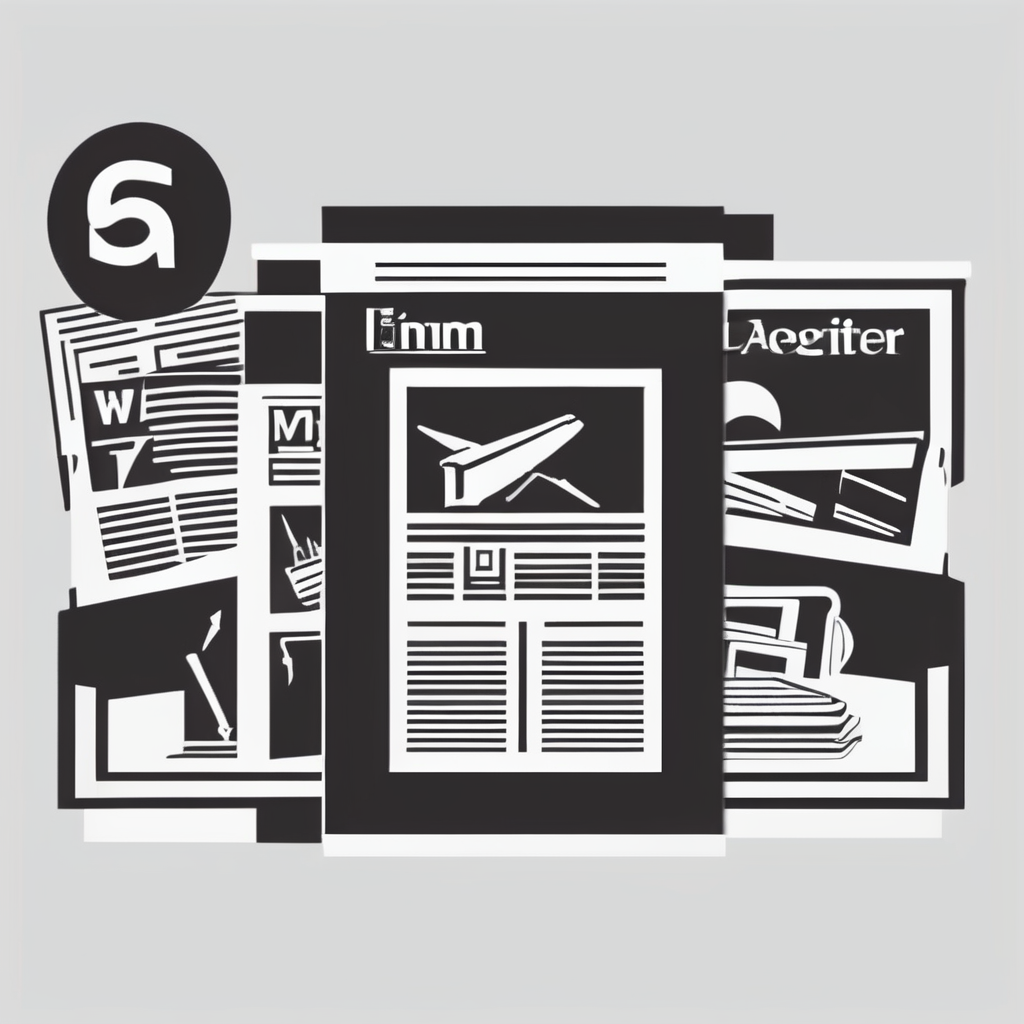Current Trends in UK Women’s Fashion
The UK has long been a trendsetter in women’s fashion, with an array of styles currently vying for attention. From bold prints to minimalist designs, the nation’s fashion scene is as diverse as ever. A significant area of interest is the use of sustainable materials, as environmentally conscious consumers become more discerning. Natural fabrics like organic cotton and bamboo are gaining traction, indicating a shift towards eco-friendlier choices.
In recent years, the debate between fast fashion and slow fashion has intensified, influencing consumer behaviour significantly. Fast fashion offers affordability and quick access to the latest trends, yet its environmental and ethical implications are undeniable. On the other hand, slow fashion promotes mindful purchasing, encouraging consumers to invest in high-quality, timeless pieces that are more sustainable in the long term.
Also to read : How Do British Designers Influence Global Women’s Fashion Trends?
Popular materials like recycled polyester are also emerging, providing a compromise between style and sustainability. This transition is shaping the choices of many shoppers who wish to enjoy fashionable attire without compromising their ethical values. Understanding these dynamics offers crucial insights for anyone looking to keep pace with current women’s fashion trends in the UK.
Industry Forecasts for Future Trends
The future trends in fashion are set to be shaped by sustainability and innovation. Experts predict that the industry will continue to embrace sustainable practices, with a significant focus on eco-friendly materials and production methods. Brands that adapt to these changes, such as incorporating organic and recycled materials, are expected to thrive in this evolving market. Statistical data suggests that consumer demand for ethical and sustainable fashion is on the rise, indicating a shift towards more conscientious shopping habits.
Additional reading : How Can UK Women Revitalize Their Fashion Choices?
Renowned figures in the fashion world anticipate that technology will play a pivotal role in this transformation. Innovations like digital fashion shows and virtual reality experiences are becoming more prevalent, offering consumers new ways to engage with fashion brands. Moreover, experts highlight the importance of ethical transparency, as consumers increasingly seek out brands that align with their values. Success stories within the industry showcase those who have effectively integrated these future trends into their business models.
Case studies of forward-thinking fashion brands demonstrate the positive outcomes of embracing sustainable and innovative practices. These brands have gained competitive advantages by responding to the heightened consumer awareness about environmental issues. As we look ahead, the key to staying relevant will be the ability to adapt and innovate while maintaining a commitment to ethical standards and sustainability.
Cultural Influences on Fashion
The cultural impact on fashion cannot be overstated, especially in a diverse society like the UK. The blend of different cultures profoundly shapes emerging trends. This tapestry of influences results in a vibrant and eclectic fashion scene that frequently reinvents itself. Whether it’s traditional patterns reimagined in modern pieces or the adaptation of international styles, the evolution is a testament to the constant interplay between culture and fashion.
Social Media and Celebrity Endorsements
In the digital age, social media platforms act as powerful tools in shaping public perception and consumer behaviour. Influencers and celebrities are major players, often seen endorsing the latest trends and brands, significantly impacting the UK fashion evolution. Their endorsement not only boosts brands but also makes haute couture accessible to a wider audience almost instantaneously. As a result, consumers are more informed and inspired, leading to a more dynamic and responsive fashion market.
Movements Towards Body Positivity and Inclusivity
Fashion is increasingly becoming a platform for social change, with rising movements such as body positivity and inclusivity gaining momentum. These movements challenge traditional norms and demand that the fashion industry caters to a broader spectrum of body types and identities. Inclusivity is no longer a trend but a necessary aspect of the fashion evolution, influencing how brands develop their collections and marketing strategies. This shift fosters a more inclusive consumer experience and reflects broader societal changes.
Consumer Behavior Shifts
In the ever-evolving world of fashion, consumer trends in fashion are undergoing significant changes, especially in the UK. Post-pandemic, there has been a noticeable shift in buying preferences, driven by a renewed focus on sustainability and ethics. Consumers are becoming more aware of the environmental impact of their purchases, which in turn has influenced how brands operate. This increased awareness is encouraging shoppers to support brands that prioritize ethical practices and sustainability.
Technology is playing a pivotal role in enhancing customer shopping experiences. With the advancement of digital platforms, consumers are now able to explore fashion in ways previously unimaginable. From personalized recommendations driven by AI to virtual fitting rooms that utilize augmented reality, these innovations not only streamline the shopping process but also make it more engaging and interactive. These experiences cater to a tech-savvy audience that values convenience and personalization.
Furthermore, brand transparency is becoming paramount in maintaining consumer trust. More than ever, consumers demand to know where and how their garments are made. Ethical considerations such as fair labor practices, sustainable sourcing, and production methods are now key factors influencing purchasing decisions. Brands that effectively communicate their commitment to these values often experience greater loyalty and increased sales, as they resonate deeply with conscientious consumers seeking meaningful connections.
The Role of Technology in Fashion
In the contemporary fashion landscape, technology in fashion industry has become a transformative force, significantly influencing how consumers engage with brands and trends. One prominent development is the rise of digital fashion shows, which have revolutionized how designers showcase their collections to a global audience. These virtual events provide access to fashion weeks without geographical constraints, democratizing the runway experience.
Impact of AI and Machine Learning on Trend Forecasting
Artificial Intelligence and Machine Learning have become pivotal in trend forecasting, offering designers and retailers valuable insights into consumer preferences. These technologies analyze vast amounts of data, predicting what styles and colours might become popular. This foresight into digital fashion trends enables brands to tailor their production more accurately, reducing waste and aligning with consumers’ desires.
Use of Augmented Reality in Online Clothing Fittings
The integration of augmented reality into online shopping experiences has enhanced the way consumers purchase clothing. Virtual fitting rooms allow customers to visualize how garments will look on their own bodies, improving confidence in online purchases and reducing return rates. This innovation serves both the convenience of online shopping and the tactile reassurance typically associated with physical store visits.
The role of technology is unequivocally essential in shaping the future trajectory of the fashion industry. As brands continue to embrace these digital innovations, they will better align with the dynamic and tech-savvy nature of modern consumers. Such advancements not only streamline operations but also expand the creative and interactive potential of fashion as an artistic and commercial endeavour.
Visual Examples and Case Studies
In the dynamic landscape of women’s fashion, visual examples and case studies play a crucial role in illustrating current and emerging fashion trends. Visual aids such as infographics effectively condense and simplify complex data, offering a clear picture of key fashion statistics. These tools not only enhance comprehension but also keep the audience engaged with vibrant presentations.
Case studies showcasing innovative brands demonstrate the practical integration of forward-thinking practices. For instance, eco-conscious labels have successfully embraced sustainable materials and production methods, setting benchmarks in the industry. These brands often serve as blueprints, highlighting effective strategies for others to follow.
A curated visual gallery, featuring emerging styles, further enriches our understanding of the evolving trends. By presenting diverse garments and accessories, these galleries emphasize the creative and adaptive nature of women’s fashion. Such visual showcases enable us to witness firsthand the fusion of cultural and technological influences shaping the contemporary fashion narrative.







